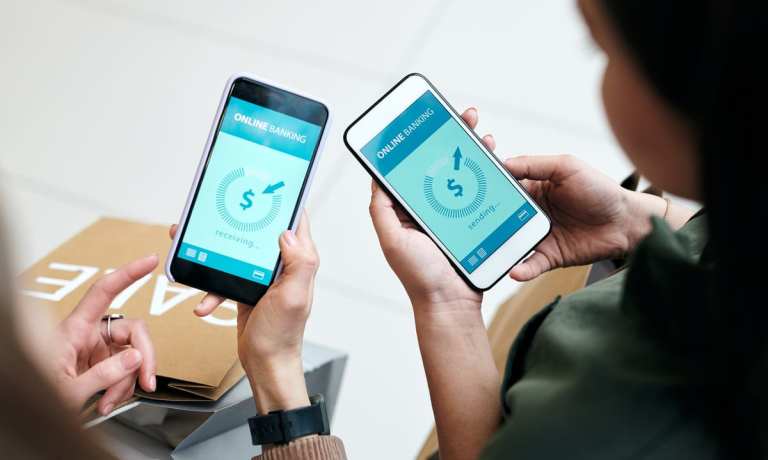
COVID-19 has shifted consumers away from card-based payments experiences, while P2P has accelerated a change enabling merchants to own the payments experience itself, Debbie Guerra, executive vice president of merchant and payments intelligence solutions at ACI, told PYMNTS in a recent interview.
Guerra said that’s because consumers increasingly value speed and simplicity when it comes to all aspects of life, including their interactions with businesses. “Payments are no exception,” she said, noting that a variety of firms – from retailers to insurance providers – are tailoring their customer journeys to meet consumer demands.
She added that consumers increasingly live their lives tethered to mobile devices, and that those devices have become conduits for P2P payments. That shift can and will be mirrored in a pivot within the P2P landscape and beyond, she noted.
“It is appropriate to think person-to-business payments, real-time payments and different models of payment will be demanded and expected,” Guerra said.
She added that the emergence and adoption of real-time P2P payments will help various players (especially payments providers) change how they solve for and deliver new payment capabilities. And in the meantime, a successful road map toward digitization – payments being an integral ingredient – will transform and increase companies’ revenue streams, Guerra predicted.
Young Consumers Are Already Fully Digital
Demographics are driving at least some changes in consumer expectations.
For example, Guerra said that younger consumers are “fully digital,” and expect to be able to click through various use cases and to get subscriptions or other offerings in an instant. They also expect to get goods delivered to their homes in a matter of days – or even hours.
Consumers also expect flexibility in payments choice, with buy now, pay later (BNPL) and QR code payment options offered at the point of sale, whether online or at a brick-and-mortar store.
“You have different approaches shaping what fundamentally has been happening, as an example, with just a pure-play credit card in the past, and now different approaches being used to satisfy a real-time need for a product or service, but with the ability to delay the payments over time,” Guerra said. “It clearly is something that is here to stay.”
Payments Flexibility
As additional evidence of payments flexibility, Guerra said consumers can now opt to use digital wallets, wield a private-label card for loyalty benefits or even make contactless payments via wearables – all of which can drive repeat business and customer satisfaction.
Retailers must realize that shopping experiences and associated payments might not always be the same for any given consumer, and could be done across a variety of channels.
Guerra said the objective of a truly frictionless experience gets closer to reality with embedded payments, where the commerce flows uninterrupted and the merchant owns delivery of the payment itself.
The Devices And The Advanced Tech Involved
The convergence of real-time needs and mobile technology means that merchants and their solution providers must change how they think about securing data flows – going beyond, say, biometrics or two-factor authentication.
For instance, machine learning and other advanced technologies can boost fraud- and risk-management capabilities. But Guerra said that tokenization (in particular, omni tokens associated with specific payment accounts) can play a critical role in making sure innovative payment journeys are done securely, whether that’s online, across mobile devices or in-store at a kiosk.
In terms of the mechanics of omni tokens, ACI has noted that a merchant’s payment provider creates the token as the singular identification of the consumer’s account. The merchant uses this token as the means to identify and transact with the consumer, regardless of the channel, while attaining full PCI descoping.
The payment provider then “translates” the tokens into card numbers prior to submission to the appropriate acquirer or payment type provider, which allows retailers to complete processes like authorization, fraud checks and settlement.
“We’re starting to see a shift back to the merchant wanting to enable those journeys and [being] able to deliver the best value by knowing who the customer is,” Guerra said.
And because omni tokens are associated with payment accounts that are in turn associated with consumers and their payment preferences, companies using such systems can target discount and loyalty programs to these users.
Guerra said omni tokens allow merchants to “confidently authorize payment transactions, improve the collection of revenue and customer retention, while descoping their environment from PCI and security breaches.”